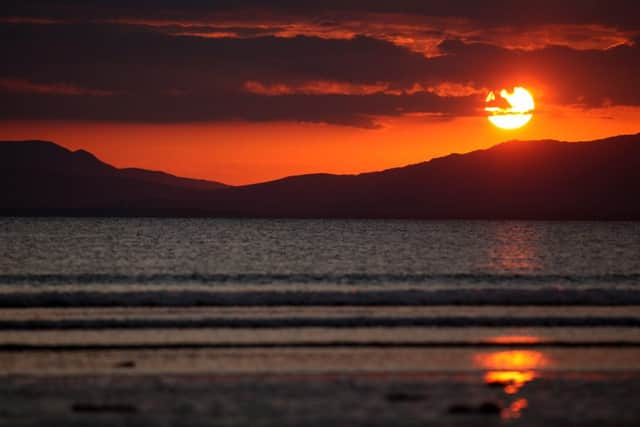Summer Solstice 2015: longest day facts


Interesting facts:
- In the northern hemisphere the solstice almost always falls on 21 June, the exact time of mid-summer changes every year, this year it will be at 17:39 BST.
- The summer solstice can occur between the 20 and 22 June. In 2016 it will occur on 20th.
Advertisement
Hide AdAdvertisement
Hide Ad- A solstice happens when the sun’s highest point is at its furthest point from the equator.
- The word Solstice comes from the Latin ‘solstitium’ meaning ‘Sun stands still’ because the apparent movement of the Sun’s path north or south stops before changing direction.
- The common name used amongst Pagans for the Summer Solstice is ‘Litha’.
- Hundreds of pagans and non-pagans will congregate at Stonehenge to see the sun rise in the morning and welcome in the summer.
Advertisement
Hide AdAdvertisement
Hide Ad- The Druids celebrated the day as the wedding of heaven and earth.
- The solstice is also know as ‘Midsummer’s Eve’ and is a national holiday in Sweden and Finland.
- On the solstice, the midnight sun is visible throughout the night from just south of the Arctic Circle to the North Pole, conversely, areas south of the South Pole see no sunlight.
- And from Monday, 22 June the days will gradually begin to shorten until the shortest day, or the ‘Winter Solstice’ in December.